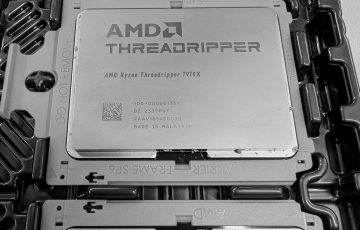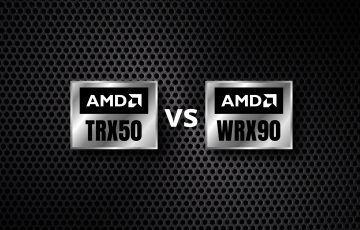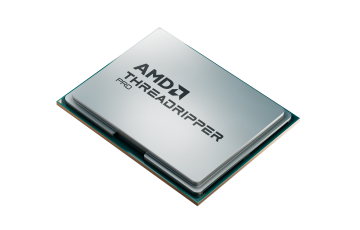The delays Intel experienced getting Haswell to market and subsequent availability issues has inevitably led many PC manufacturers to stick with the microarchitecture once it ‘arrived’ and skip Broadwell – it’s more powerful and efficient sibling. Now, most PC manufacturers (ourselves included) are eagerly anticipating the arrival of Skylake and the significant jumps this promises – claimed by Intel to be the most significant processor upgrade for a decade. Importantly, we hope Intel has learnt some lessons from Haswell as Skylake holds much promise and it would be a shame for adoption to suffer at the hands of early availability issues like its forefather.
Life after Haswell…
What the arrival of Skylake does spell however, is troubled times ahead for users of Haswell. We are already finding it difficult to source Haswell motherboards and whilst we will be able to offer legacy support for some time yet on Haswell, G2 is still at the mercy of component availability and motherboards are becoming like proverbial hen’s teeth. Disappointingly, this will have a knock-on effect for customers whose software is dependent on this architecture. We’d therefore urge any organisations who expect to be tied into Haswell for some time to consider roadmaps and options for their software as early as possible.
Hello DDR4…
It’s not all bad news though! 6th generation Skylake is built to use DDR4 RAM and until its advent, this next-gen memory was both expensive and challenging to get hold of. The Skylake-effect is driving down prices and significantly improving availability as adoption gathers momentum. The result means changing to the latest systems and running DDR4 RAM can now be achieved with only a modest increase over DDR3. For the geeks out there, what DDR4 brings is greater chip density thanks to larger DIMM capacities, so more memory can be attached to a single motherboard (theoretically 512GB or four times DDR3) improved data transfer rates (no ceiling has been found on this yet!) and significantly lower power consumption, which is important if the machine is part of a larger deployment when power savings start to mount up and memory stability is critical. In layman’s terms this means greater data capacity and higher data transfer rates, all at lower voltage and therefore greatly reducing the chances of memory failure, particularly caused by taxing applications.
If you’re interested in exploring the possibilities of Skylake and DDR4 memory further or want some advice on life after Haswell, please get in touch and speak to one of the team.






